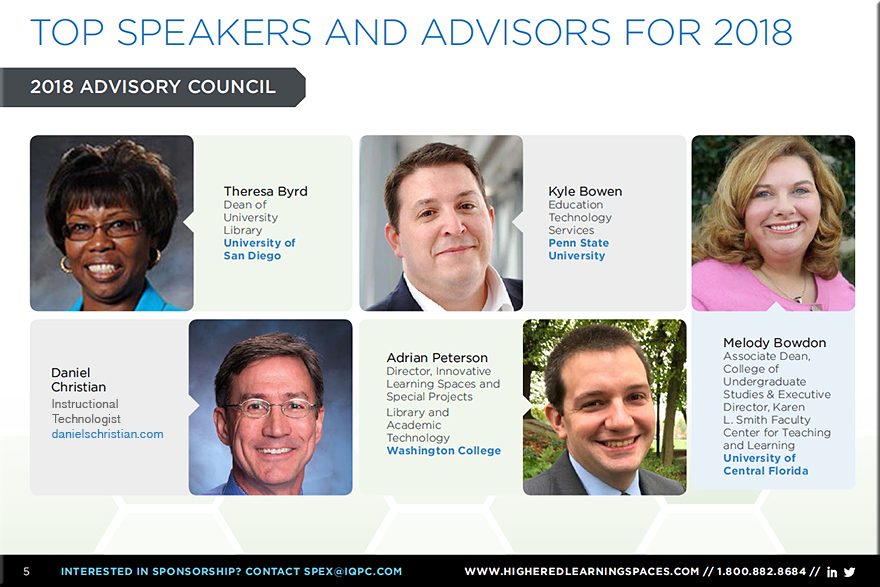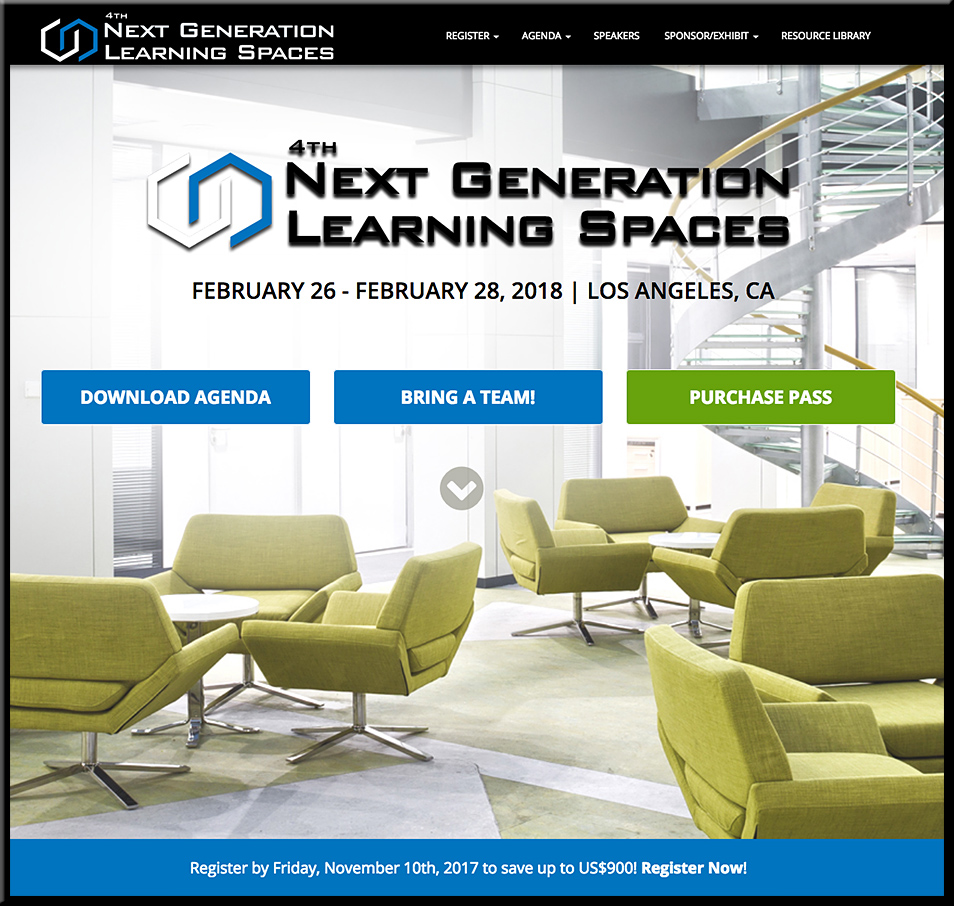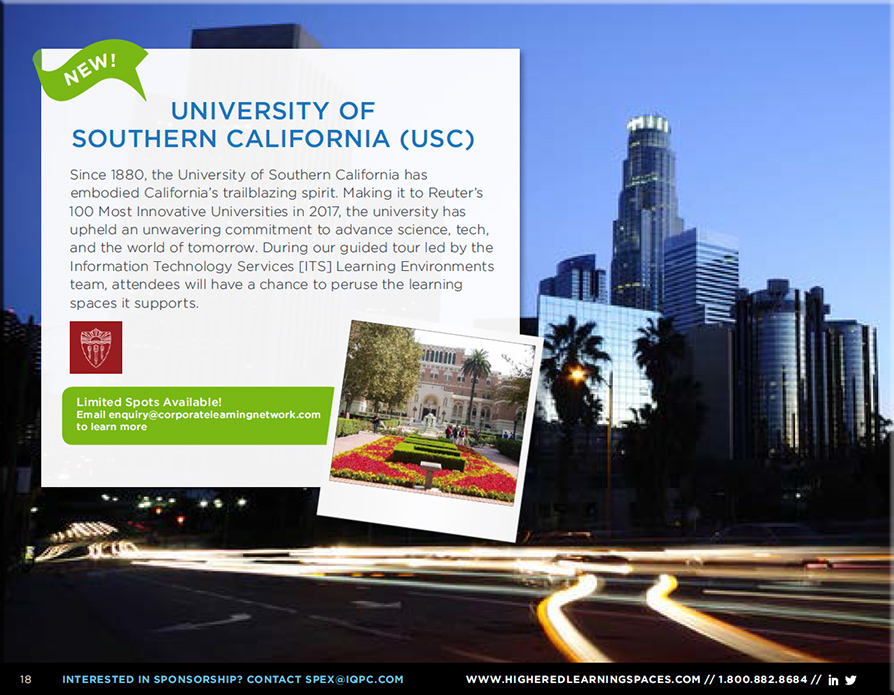Program Easily Converts Molecules to 3D Models for 3D Printing, Virtual and Augmented Reality — from 3dprint.com
Excerpt:
At North Carolina State University, Assistant Professor of Chemistry Denis Fourches uses technology to research the effectiveness of new drugs. He uses computer programs to model interactions between chemical compounds and biological targets to predict the effectiveness of the compound, narrowing the field of drug candidates for testing. Lately, he has been using a new program that allows the user to create 3D models of molecules for 3D printing, plus augmented and virtual reality applications.
RealityConvert converts molecular objects like proteins and drugs into high-quality 3D models. The models are generated in standard file formats that are compatible with most augmented and virtual reality programs, as well as 3D printers. The program is specifically designed for creating models of chemicals and small proteins.

Mozilla just launched an augmented reality app — from thenextweb.com by Matthew Hughes
Excerpt:
Mozilla has launched its first ever augmented reality app for iOS. The company, best known for its Firefox browser, wants to create an avenue for developers to build augmented reality experiences using open web technologies, WebXR, and Apple’s ARKit framework.
This latest effort from Mozilla is called WebXR Viewer. It contains several sample AR programs, demonstrating its technology in the real world. One is a teapot, suspended in the air. Another contains holographic silhouettes, which you can place in your immediate vicinity. Should you be so inclined, you can also use it to view your own WebXR creations.
Airbnb is replacing the guest book with augmented reality — from qz.com by Mike Murphy
Excerpt:
Airbnb announced today (Dec.11) that it’s experimenting with augmented- and virtual-reality technologies to enhance customers’ travel experiences.
The company showed off some simple prototype ideas in a blog post, detailing how VR could be used to explore apartments that customers may want to rent, from the comfort of their own homes. Hosts could scan apartments or houses to create 360-degree images that potential customers could view on smartphones or VR headsets.
It also envisioned an augmented-reality system where hosts could leave notes and instructions to their guests as they move through their apartment, especially if their house’s setup is unusual. AR signposts in the Airbnb app could help guide guests through anything confusing more efficiently than the instructions hosts often leave for their guests.
This HoloLens App Wants to Kickstart Collaborative Mixed Reality — from vrscout.com by Alice Bonasio
Excerpt:
Now Object Theory has just released a new collaborative computing application for the HoloLens called Prism, which takes many of the functionalities they’ve been developing for those clients over the past couple of years, and offers them to users in a free Windows Store application.
Virtual and Augmented Reality to Nearly Double Each Year Through 2021 — from campustechnology.com by Joshua Bolkan
Excerpt:
Spending on augmented and virtual reality will nearly double in 2018, according to a new forecast from International Data Corp. (IDC), growing from $9.1 billion in 2017 to $17.8 billion next year. The market research company predicts that aggressive growth will continue throughout its forecast period, achieving an average 98.8 percent compound annual growth rate (CAGR) from 2017 to 2021.
A look at the new BMW i3s in augmented reality with Apple’s ARKit — from electrek.co by Fred Lambert
Scope AR brings remote video tech support calls to HoloLens — from by Dean Takahashi
Excerpt:
Scope AR has launched Remote AR, an augmented reality video support solution for Microsoft’s HoloLens AR headsets.
The San Francisco company is launching its enterprise-class AR solution to enable cross-platform live support video calls.
Remote AR for Microsoft HoloLens brings AR support for field technicians, enabling them to perform tasks with better speed and accuracy. It does so by allowing an expert to get on a video call with a technician and then mark the spot on the screen where the technician has to do something, like turn a screwdriver. The technician is able to see where the expert is pointing by looking at the AR overlay on the video scene.

Virtual Reality: The Next Generation Of Education, Learning and Training — from forbes.com by Kris Kolo
Excerpt:
Ultimately, VR in education will revolutionize not only how people learn but how they interact with real-world applications of what they have been taught. Imagine medical students performing an operation or geography students really seeing where and what Kathmandu is. The world just opens up to a rich abundance of possibilities.











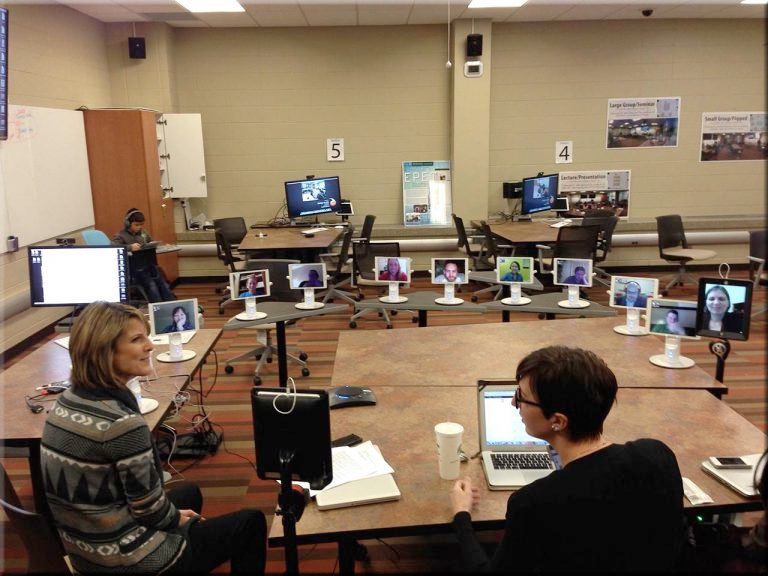
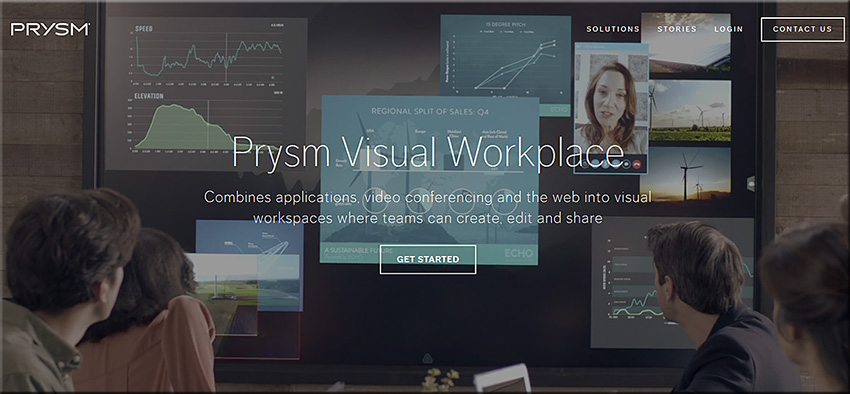
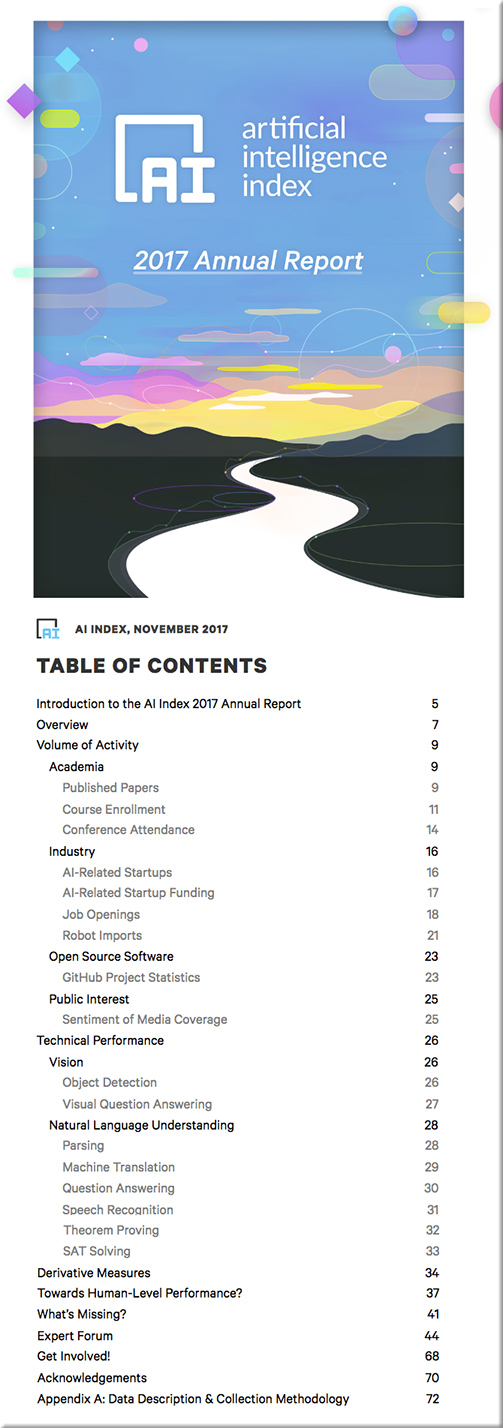
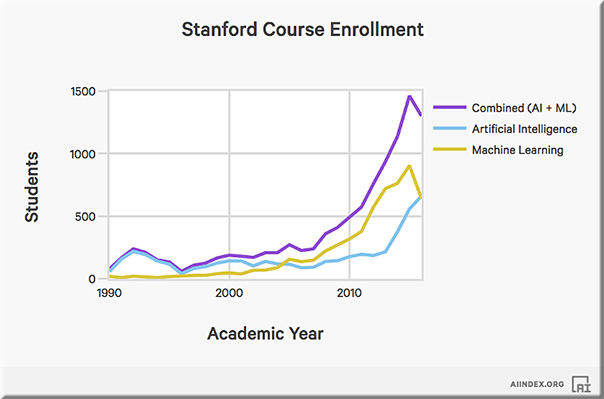
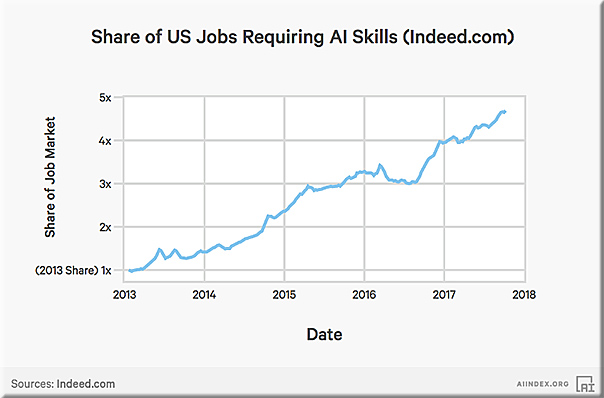
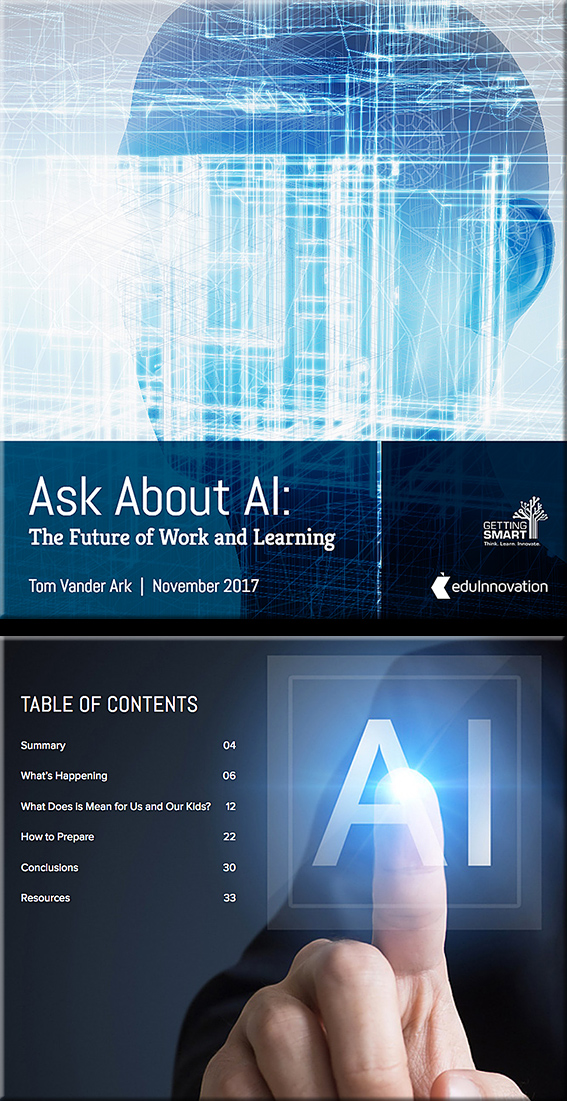

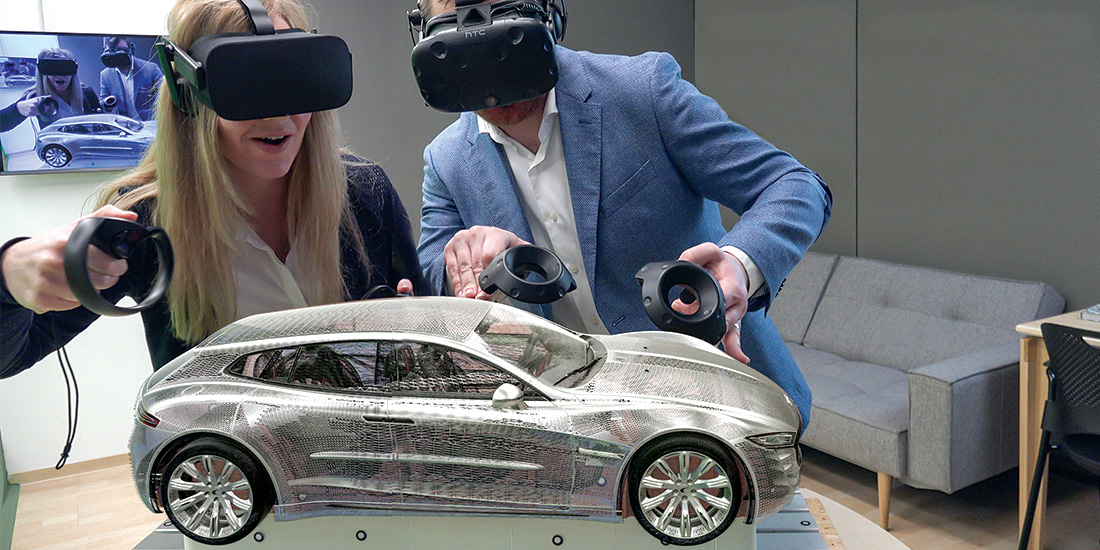
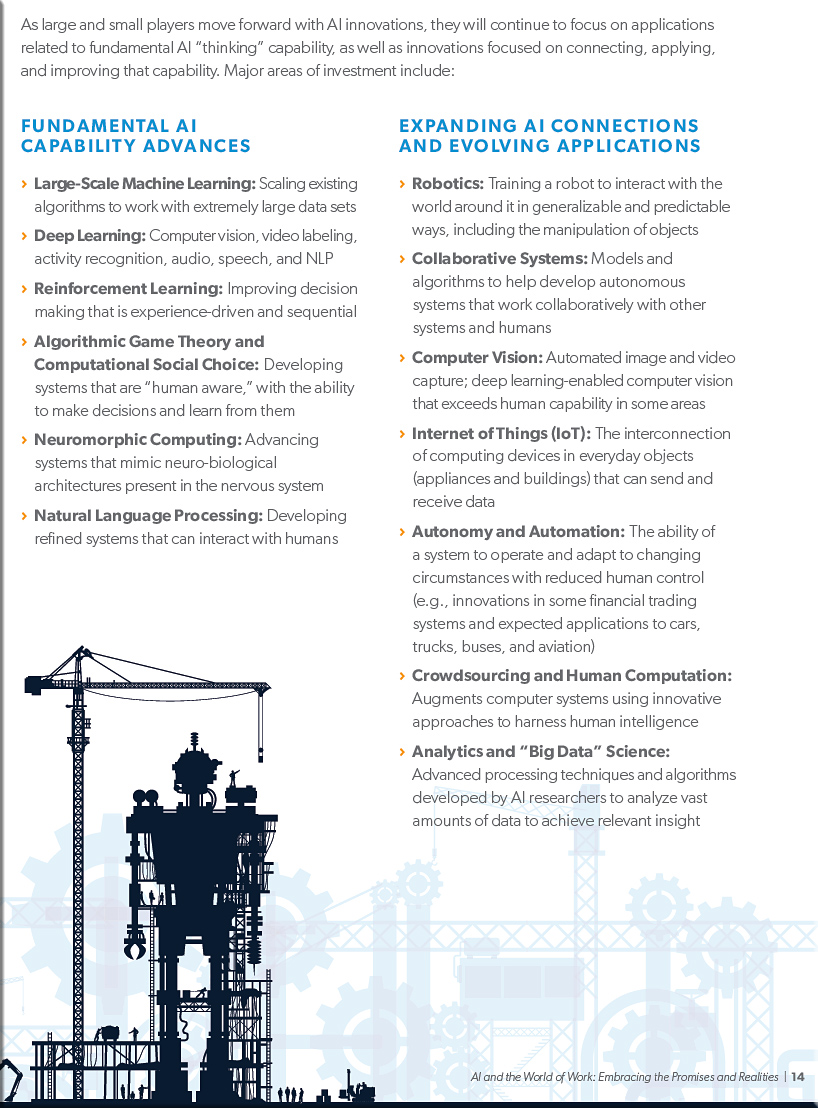
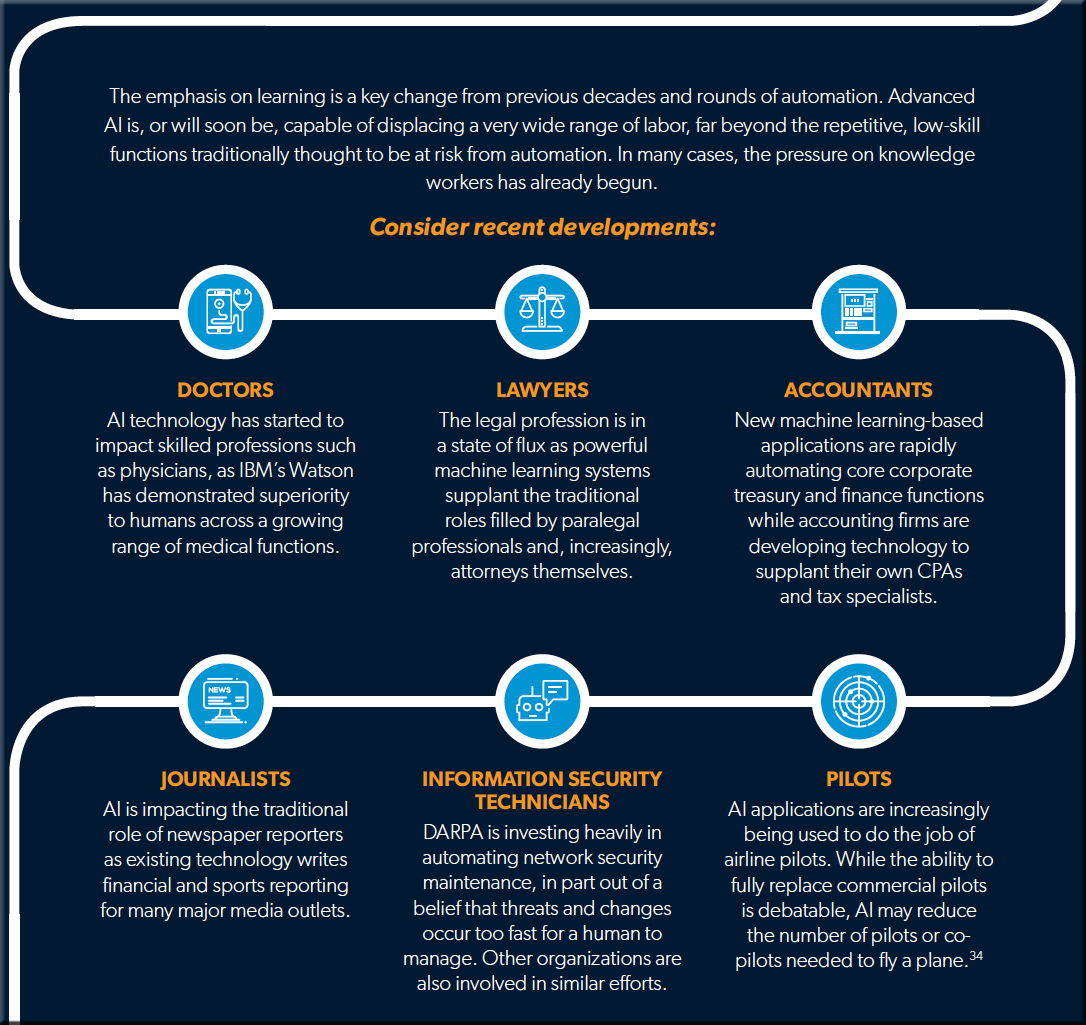
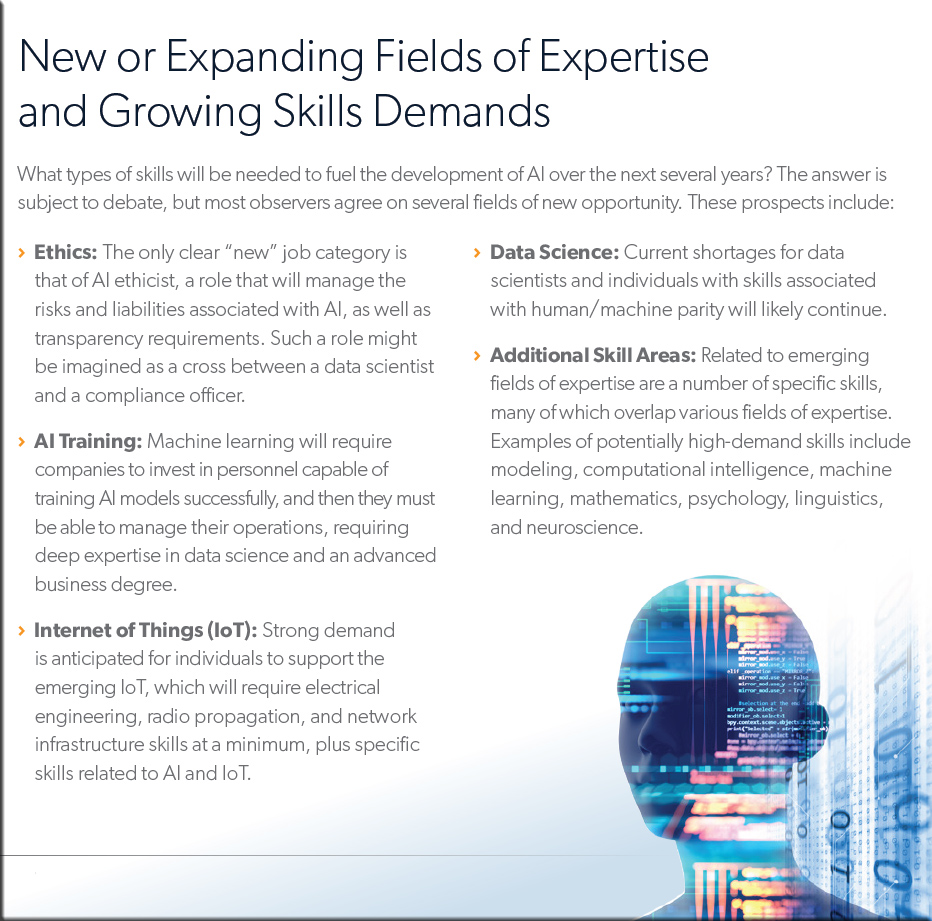
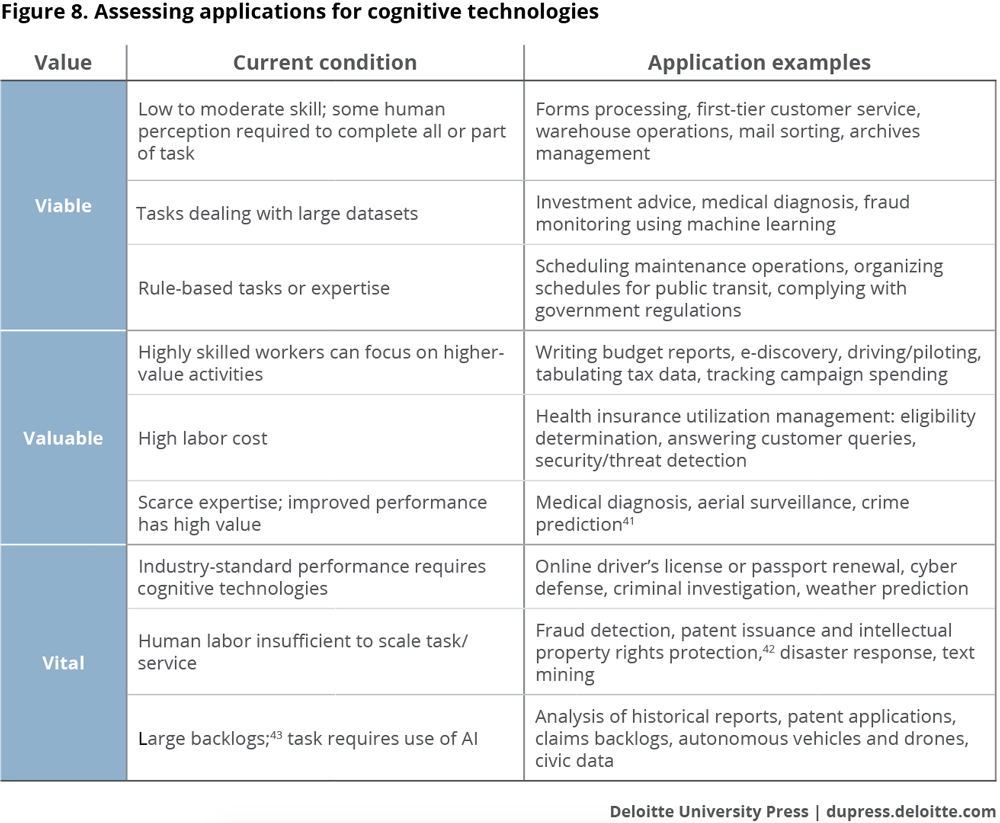
![The Living [Class] Room -- by Daniel Christian -- July 2012 -- a second device used in conjunction with a Smart/Connected TV](http://danielschristian.com/learning-ecosystems/wp-content/uploads/2012/07/The-Living-Class-Room-Daniel-S-Christian-July-2012.jpg)
